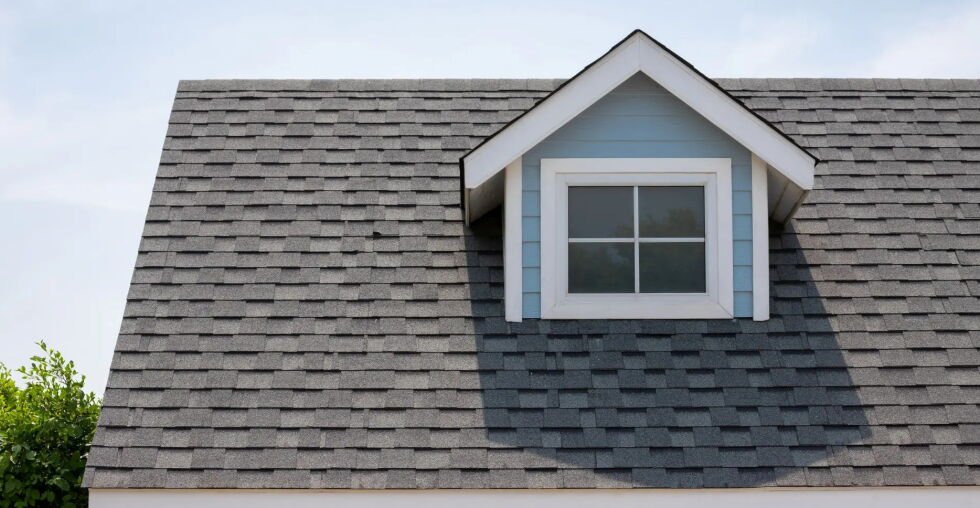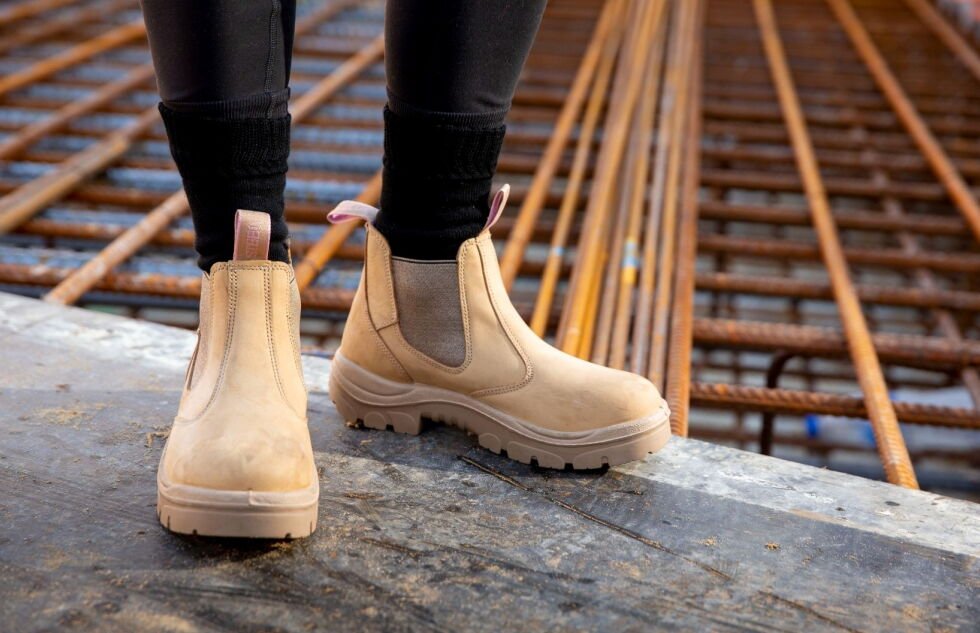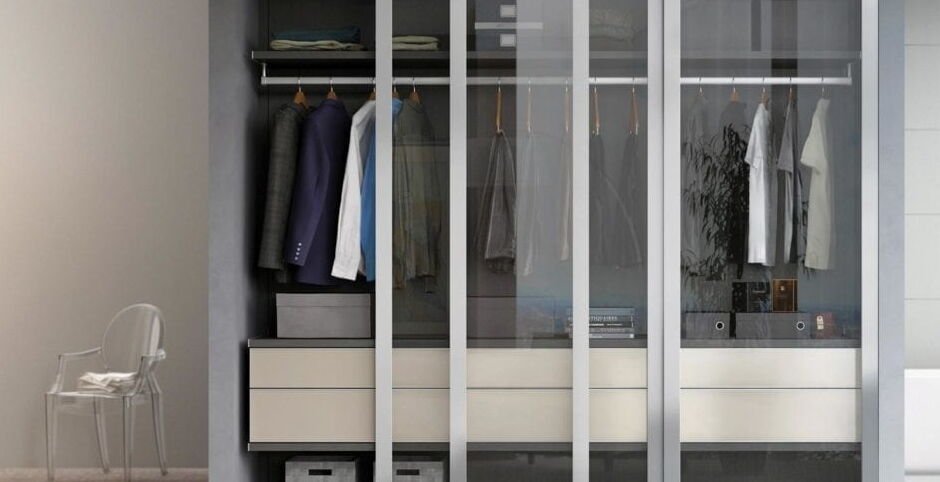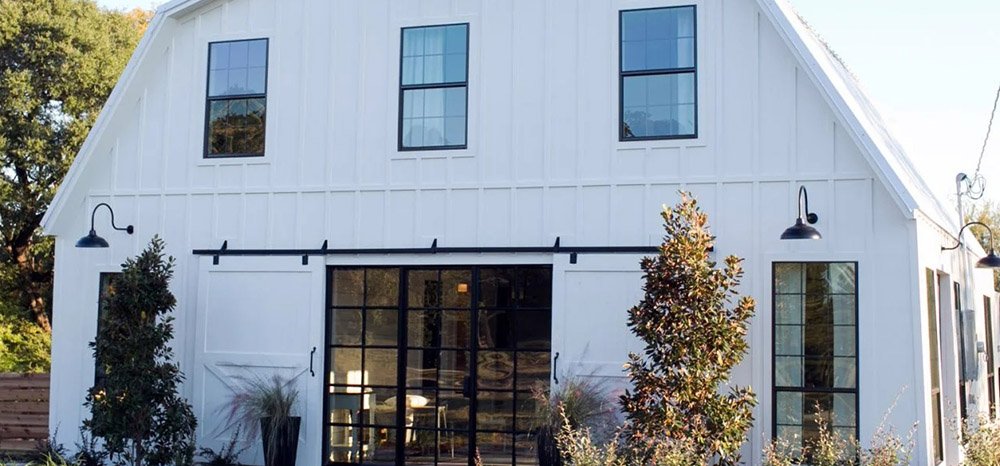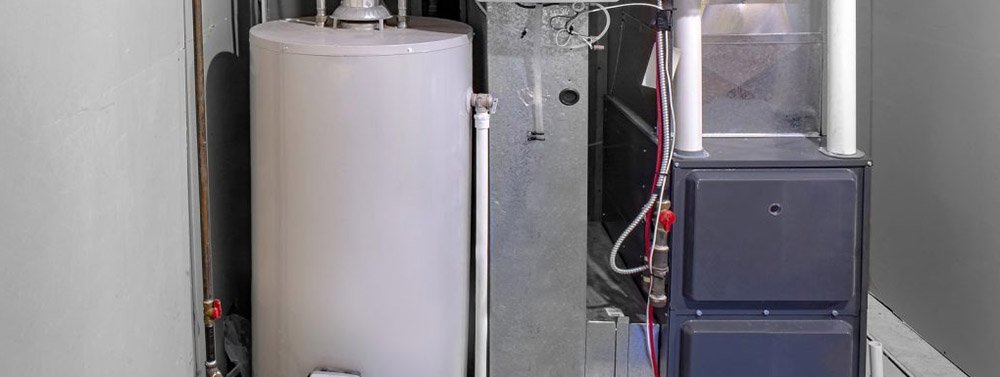Introduction to Roof Shingles
When it comes to home improvement and aesthetics, the roof plays a critical role in defining the overall appeal of a house. Roof shingles not only add to the visual charm but also provide essential protection against environmental elements. With a plethora of options available, homeowners often find themselves overwhelmed. This guide aims to simplify that decision-making process by exploring various types of roof shingles, their benefits, drawbacks, and factors to consider when making a choice.
1. Asphalt Shingles: The Tried-and-True Choice
Asphalt shingles are among the most commonly used roofing materials in the United States, favored for their affordability and reliability. Available in a wide range of colors and styles, asphalt shingles are lightweight and simple to install, making them an attractive option for homeowners and contractors alike. With a lifespan of 20 to 30 years with proper maintenance, they provide decent durability. However, they may struggle in extreme weather conditions such as high winds or heavy rainfall, which can lead to damage.
2. Wood Shingles: A Timeless, Natural Look
Wood shingles, typically crafted from cedar or redwood, offer a classic aesthetic that many homeowners desire. Their natural resistance to insects and decay makes them an eco-friendly choice. However, wood shingles require significant maintenance to combat mold and mildew and are subject to fire hazards. Regular treatment and inspections are essential to extend their lifespan, which can range from 20 to 40 years, depending on maintenance and environmental conditions.
3. Composite Shingles: Style Meets Functionality
Composite shingles have gained popularity due to their attractive appearance and durability. Made from a mixture of materials like asphalt, fiberglass, and recycled products, they can resemble wood or slate at a fraction of the cost. Composite shingles are lightweight and resilient against common roofing issues, such as mold and bad weather. Despite being low-maintenance, their price point tends to be higher than traditional asphalt shingles, and they generally last between 20 to 30 years.
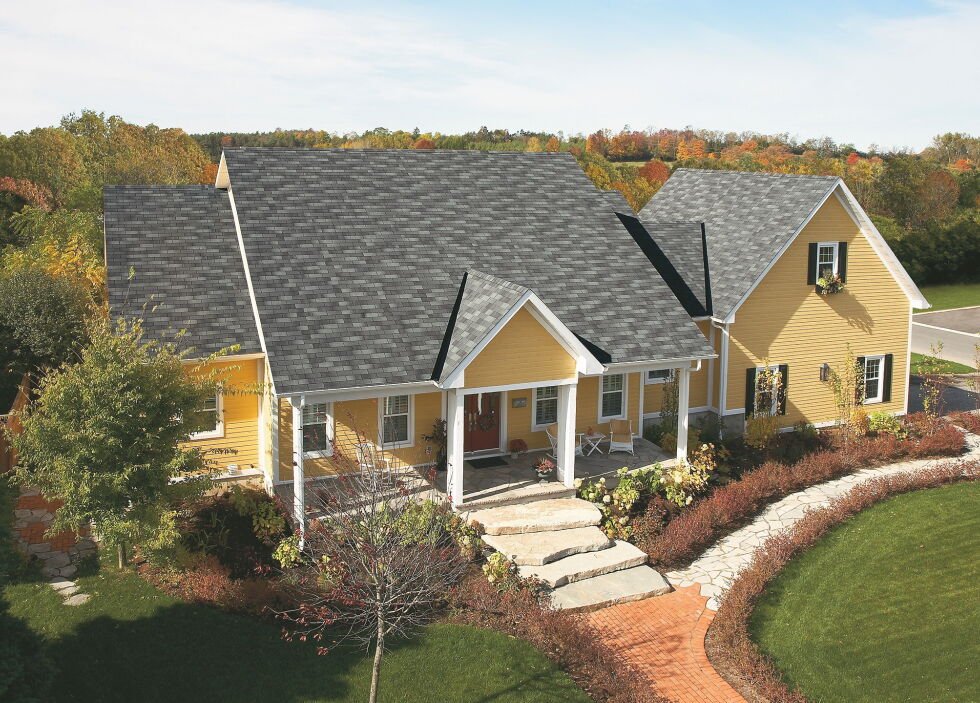
4. Tile Shingles: Luxury and Longevity
Tile shingles, made from clay or concrete, provide a distinctive look reminiscent of Mediterranean architecture. Known for their longevity, tile shingles can last over 50 years with appropriate care. Their aesthetic appeal is matched by their durability; however, they are heavier than other materials, which requires a robust roof structure to support them. Additionally, the initial investment can be steeper, but they can prove cost-effective over time due to their long lifespan.
5. Metal Roofing: The Rising Star
Metal roofing has emerged as a top contender in the roofing market due to its unparalleled durability and energy efficiency. Available in various materials, including steel, aluminum, and copper, metal roofs can last 40 to 70 years. They are resistant to extreme weather, fire, and insect damage. Although the upfront cost can be higher than asphalt or wood shingles, the longevity and low maintenance often justify the investment. Moreover, metal roofs can be recycled, making them an environmentally friendly option.
6. Factors to Consider When Choosing Roof Shingles
Selecting the right roof shingles involves several considerations. First, evaluate your home’s architectural style; traditional homes may suit asphalt or wood, while modern designs might benefit from metal or composite shingles. Next, assess the climate in your area—high winds, heavy rain, or extreme temperatures may necessitate more durable materials. Additionally, consider your budget; while some options may be an investment upfront, they can provide savings on maintenance and replacement costs. Finally, think about your required maintenance level; if you prefer a low-maintenance roof, asphalt or composite shingles may be your best bet.
7. The Installation Process: What to Expect
Once you’ve chosen the right shingles for your home, understanding the installation process is essential. Generally, roofing projects begin with an inspection of the existing roof structure. Professional roofers will then prepare the roof deck, ensuring it’s clean and watertight before applying underlayment. The shingles are then installed, starting from the bottom and working upward, with staggered seams to prevent leaks. Installation can vary in complexity depending on the roofing material chosen, so hiring experienced professionals is crucial for the longevity of your new roof.
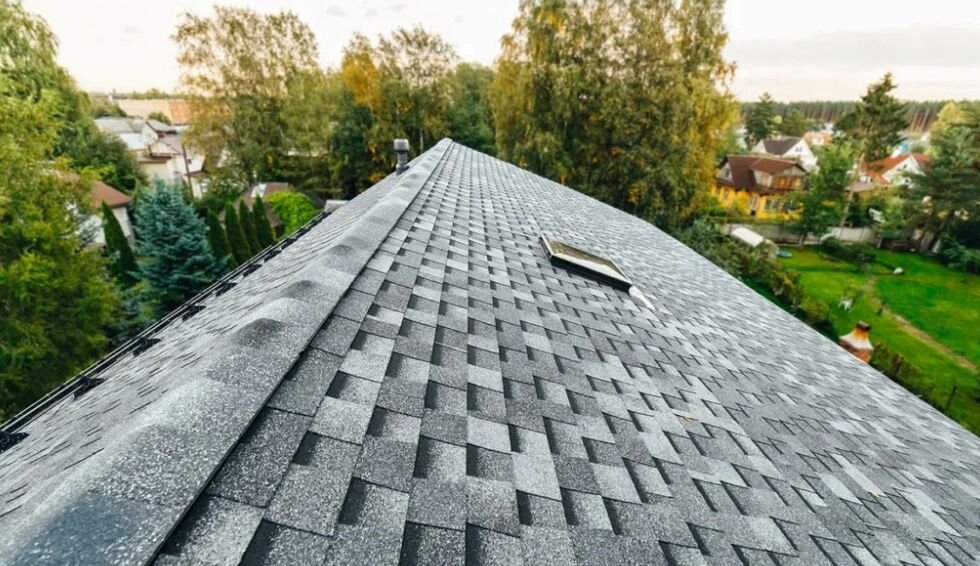
Conclusion: Making an Informed Choice
Choosing the right roof shingles is a balancing act between aesthetics, durability, and budget. By understanding the various options available and weighing their pros and cons, you can make an informed decision that enhances your home’s curb appeal while meeting your needs for protection and maintenance. Remember to consult with roofing professionals who can provide insights tailored to your specific situation and help ensure a successful roofing project.
FAQ
What are the most popular types of roof shingles?
The most popular types of roof shingles include asphalt shingles, wood shingles, composite shingles, tile shingles, and metal roofing. Each type offers unique benefits and drawbacks.
How long do roof shingles typically last?
The lifespan of roof shingles varies by material: asphalt shingles last 20-30 years, wood shingles 20-40 years, composite shingles 20-30 years, tile shingles over 50 years, and metal roofs 40-70 years.
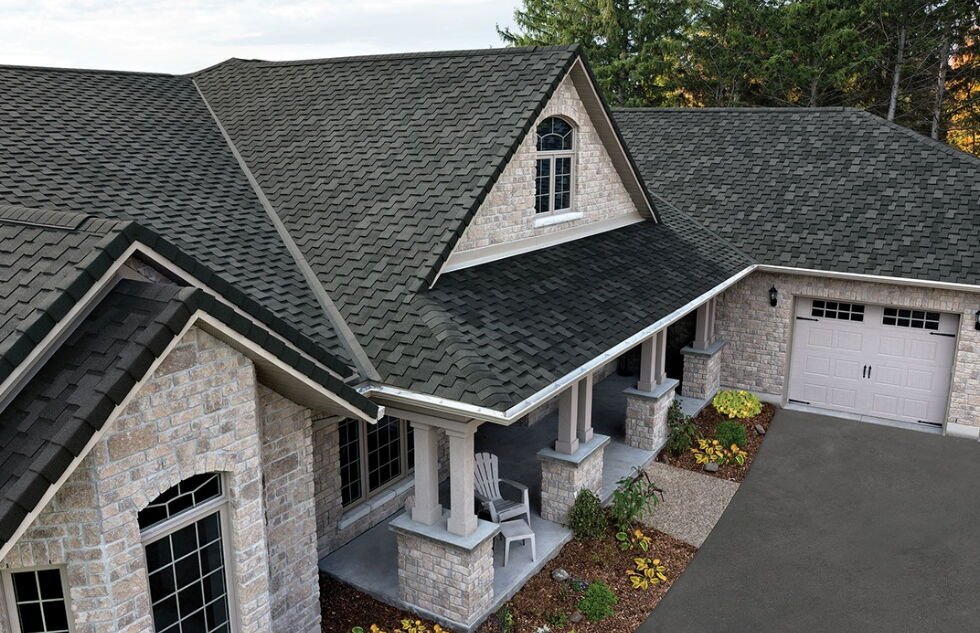
Are asphalt shingles suitable for all climates?
While asphalt shingles are durable, they may not be the best option for extreme climates, such as areas with high winds or heavy rainfall.
What type of roof shingles require the least maintenance?
Asphalt and composite shingles are generally considered low-maintenance options, resisting algae growth and requiring less frequent upkeep compared to wood shingles.
Is it worth investing in metal roofing?
Yes, metal roofing is a worthwhile investment due to its durability, energy efficiency, and low maintenance. While the initial cost is higher, its longevity can lead to savings over time.


